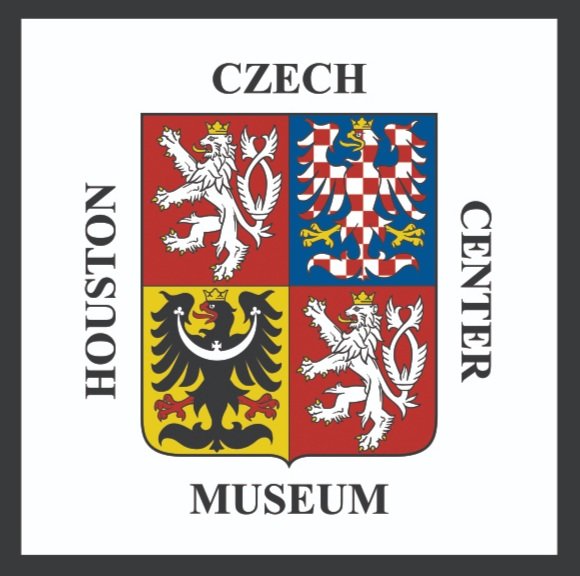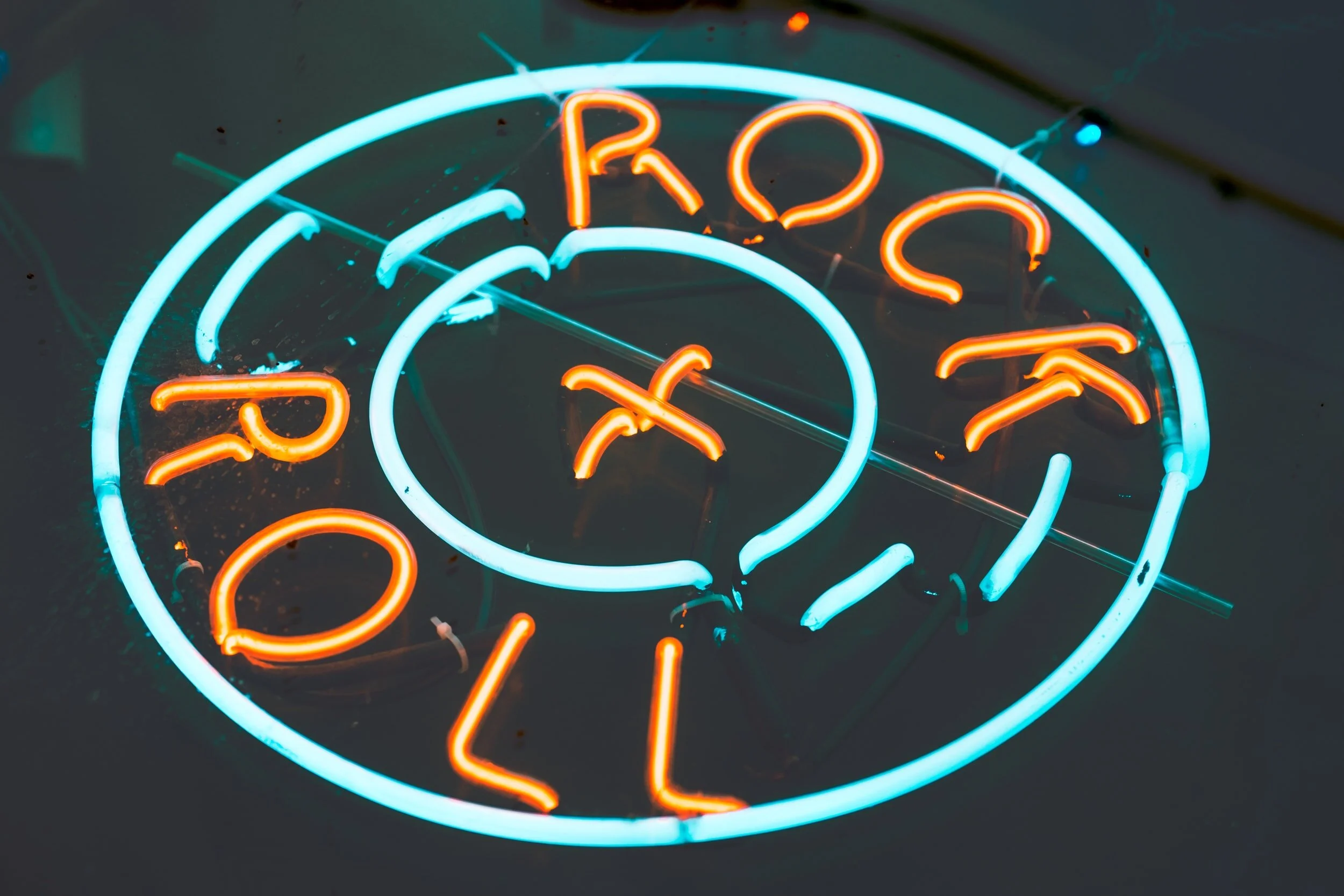Before Christmas comes the holiday of Barborky, originating from the 12th century St. Barbara’s Feast celebration. The Saint herself is said to protect people, especially soldiers and miners, from sudden death. This holiday is celebrated in a couple ways, such as removing a branch from a cherry tree, wearing veils of white, or passing a light around mining villages.
Zdeněk Koubek: Competitive Sports and Gender
Zdeněk Koubek was a transgender track athlete who began his life fascinated by athletics, particularly after his family moved to Brno. He pulled his way up the sports ladder, beginning as a coach and instructor while training, breaking and setting national records, then winning two medals in the Women’s World Games. Koubek’s success, however, was met with doubt, as his androgyny caused the public to question the validity of his competitive success. The issues Zdeněk Koubek faced in the past reflects modern controversial topics in competitive sports.
Czech Video Games
The Czech Republic’s video games industry has become one of the country’s major exports in recent years, with a diverse range of successful game development studios, publishers, and startups. The origins of the Czech video game industry can be traced back to the country’s rich cultural heritage in arts and animation.
The Origin of the Bohemian Name
Before the Czechs were Czech, they were Bohemian, beginning with Roman-named Celtic “Boii” people. The Germans called the land “Böhmen” while the Romans called it “Boiohaemum,” meaning the history of the Boii continued to influence the land long past their existence there, even by the time the Czechs began living there. Translated to English, these names became “Bohemia,” where “Bohemians” lived, before they were finally known as Czechoslovakians, then as Czechs and Slovakians in their respective nations.
Czech Spa Cups
Spa cups were created for drinking natural spring water, supposedly endowed with healing properties. This cultural sipping cup began with a pig and its broken leg, which apparently recovered after rolling around in the mud from spring water, inspiring Teplice locals to soak in the water to cure their ailments. By the 19th century, the spa scene became popular enough to inspire studies and university courses. The spa cups themselves appeared in the early 17th century, made to taste the spring water and benefit from its healing properties.
Gender Roles under Communism
Under Communist leadership, Czechoslovakia held that women’s emancipation was equal access to the workforce and increased educational and social reforms, but they failed to address the issues of housework, gender roles, and women’s political presence. For example, while women were 11 times as educated in 1975 as they were in 1945, they were directed towards traditionally feminine fields of study. At the same time, however, financial and moral incentives were introduced for women to work for the bureaucracy. There’s no doubt that gender roles were becoming complex while staying traditional in Czechoslovakia.
Czech Wine: A Brief History
From legends to wine festivals, Czech wine has a rich history. Various rulers implemented regulations for viticulture, and it eventually grew to a large scale operation in the Czech Republic. Although many vineyards were left abandoned after the revolution, through the 19th and 20th centuries, Czech viticulture bounced back to the point of becoming a worldwide phenomenon.
Impacting the Arts
There are several Czech artists who have and continue to influence the world, and four of them are highlighted in this article. These artists are Jiri Trnka, Anna Daucikova, Libuse Jarcovjakova, and Yemi AD. From film to painting, glassblowing to photograph, and performance to dance, these artists present a variety of expressions that have influenced the world.
The Czech Flag: A Century of Waving
Inspired by the American holiday, many nations in the world celebrate Flag Day, including Czechia. Before Czechia, there was Czechoslovakia, whose flag, created in 1918, featured 2 horizontal stripes, white on the top and red on the bottom. The flag changed to include a blue wedge from the left and has remained this way since, including after the separation of Czechoslovakia into the Czech Republic and Slovakia.
Mother's Day in Czechia: Charlotte Masaryk
Through history, celebrating Mother’s Day in the Czech Republic was more complicated than one could imagine. It begins with the wife of Tomas Masaryk, Charlotte, who fought for women’s rights and taught her daughter, Alice Masarykova, to do the same. After her mother’s death, Alice established Mother’s Day in 1923. The complications of Mother’s Day lasted for a long time, into Czechoslovakia’s Communist occupation.
Rock Music in Czechoslovakia
The history on rock music in Czechoslovakia begins with its introduction in the early 1950s, beginning apolitically. By 1968, the apolitical aspect changed, in response to the 1968 Soviet bloc invasion, causing rock music to finally rebel and criticize the government, through satire and cryptic messaging, as the lyrics and content of rock songs were monitored.
Ride of the Kings
Each spring, people in the Czech Republic celebrate many different events and holidays. The Ride of the Kings is one of the Czech Republic’s many unique customs. It is so deeply rooted in the history and culture of the area that it was placed on the UNESCO heritage list and has been painted, photographed, and filmed to preserve its tradition.
The Czech Republic's Communist-Era Architecture
For the Communist countries in Eastern Europe, the necessary rebuilding following World War II was accomplished in the construction style that the Soviet Union popularized. As a result of this period, the Czech Republic has many buildings and monuments that differ significantly from the historic ones surrounding them, serving as a reminder of its Communist era.
Five Czech Towns to Visit
With twelve UNESCO World Heritage Sites, four awe-inspiring national parks, and literally thousands of castles, there is much to see in the Czech Republic beyond the beautiful city of Prague. Today, we’ve compiled a short list of five towns that definitely warrant the trip next time you visit the country.
Memento Mori
Prague's St. Vitus Cathedral
Prague Castle is one of the biggest tourist attractions in the city. This complex is the largest in the world, and people from around the world visit to marvel at the site. Inside the castle complex lies St. Vitus Cathedral, the biggest cathedral in the Czech Republic and a wonder of Gothic architecture.
Joža Uprka
Jan Žižka
Interested in Paying Less Taxes?
Covid-19 in the Czech Republic
There is no denying that 2020 has been an exhausting year. Towards the end of 2019, the Coronavirus reared its ugly head, and the world has been different ever since. Questions arose in all of our minds as to whether or not things will go back to normal. 2020 has seen its fair share of chaos, but the one thing that stands out during these trying times is the lack of social interaction.


















